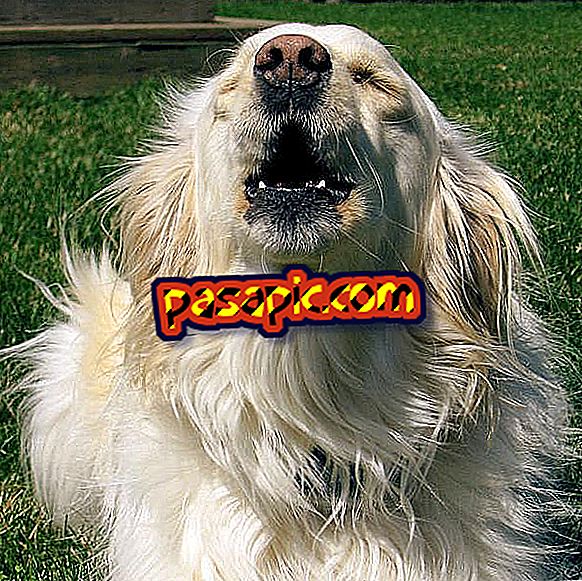How to identify the tonic syllable

Learning to detect the tonic syllables will allow us to correctly pronounce the words of a language and, also, learn to write it without misspellings. This syllable is also related to accentuation because, depending on whether it is a high-pitched word, flat or esdrújula, the regulation will require the use of a tilde for its correct linguistic use. In this article we are going to tell you how to identify the tonic syllable so that you can better understand our language and, therefore, you can also apply the knowledge better and avoid misspellings when writing.
The tonic syllable
In order to identify the tonic syllable it is essential that we understand its concept. It is about the syllable, that is, about that part of the word, which we pronounce more strongly . It is the one that carries the accent spelling although no accent, understanding the "tilde" as the sign we put in words and "accent" as the force that we give to the syllable, whether or not tilde.
Thus, a word can only contain a tonic syllable that will mark the accent and, therefore, the way of pronouncing it. Without this distinction, it would be very complicated for people to understand each other when communicating, since each one would pronounce the words in a different way and we would not understand the meaning correctly.
Exercise to identify the tonic syllable
But how is the tonic syllable identified? There is a very simple trick that can help you determine where the spelling of a word goes. In order to do so, we suggest you choose any word, for example, "blackboard". It is a word that, at first glance, does not contain a graphic accent and it will be more complicated to know what the tonic is.
Once we have the word, we will proceed to separate it by syllables : / pi-za-rra /. Now that we have separated it, we are only going to mark the strength of the pronunciation in each one of the different syllables and the one that sounds good to us is the one that will mark us what is the tonic syllable. For example:
- If we pronounce / PI-za-rra / making the force in the syllable "pi" we see that this is NOT the correct pronunciation of this word.
- If we pronounce / pi-za-RRA / putting the force in "rra" we see that it is not the way in which we normally say this word.
- If we pronounce / pi-ZA-rra / making strength in the "za" we see that this is what our word sounds like and, therefore, this will be the tonic syllable.
With this simple exercise you will be able to know which is the tonic syllable of a word and, therefore, you will already be one step ahead of the orthographic standard because, once you know how to detect the tonic, it is easier to learn the accentuation rules.

The accent
As we have seen, the word "blackboard" has the syllable tonic in "za" but, nevertheless, it does NOT contain a graphic accent or tilde. The reason is because the grammar of the Spanish language specifies that, depending on the place where the tonic is, it will require a tilde or not depending on the end of the word.
That is, in Spanish there are three types of words that depend on the place where the tonic syllable is:
Sharp words
They are those words that have the tonic syllable in the last syllable of all. These words will be accentuated graphically (with the tilde) whenever they end in:
- / -s /
- / -n /
- vocal
Therefore, "heart" is accentuated because it is acute ending in / n / but another word like, for example, "walking" is not accentuated because it ends in / r / and, according to the norm, it does NOT have to be accentuated.
Plain words
They are those that have the force (tonic syllable) in the penultimate syllable of the word. In this case, they DO NOT accentuate when they end in
- / -s /
- / -n /
- vocal
You see, it's just the opposite of the sharp ones. To see an example, the word "window" has the tonic in "ta", that is, the penultimate syllable but it does NOT have an accent because it ends in a vowel. But, nevertheless, a word like "pencil" does have an accent because it does not end in any of the endings that we have pointed out and its tonic is "la-", the penultimate one.
Word esdrújulas
They are the ones that have the tonic in the penultimate syllable of the word. And, in this case, it is very easy to accentuate them because they ALWAYS carry accents. For example, "compass" has a graphic accent because the antepenultimate syllable is the tonic and must be accentuated yes or yes; with the word "tear" it happens exactly the same, the tonic is the antepenultimate and must be accentuated.
In we give you more examples of sharp words, flat and esdrújulas so that you finish understanding this concept.


